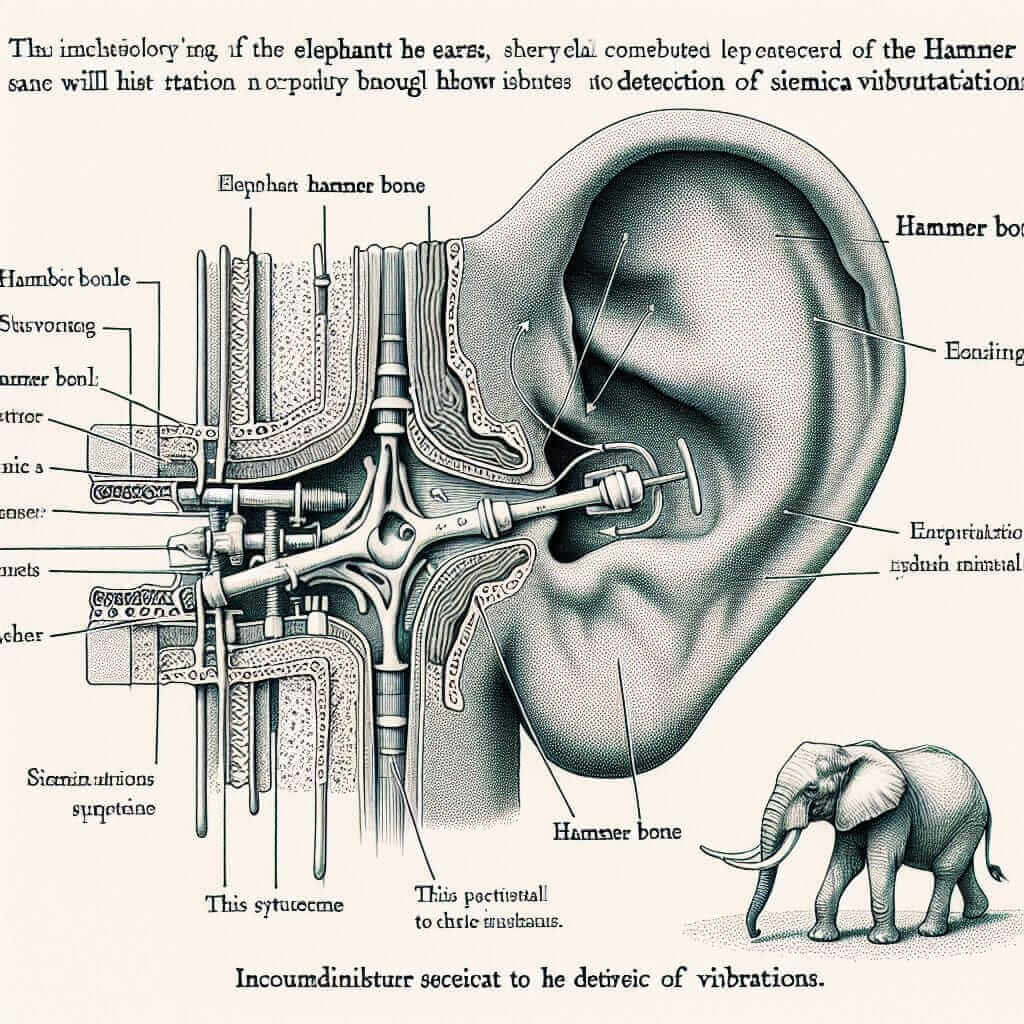The IELTS Reading section is designed to test a candidate’s ability to read quickly and efficiently while understanding implicit and explicit information. One of the intriguing topics that has appeared in past reading sections involves ‘Elephant Communication.’ In this article, we’ll delve into the specifics of that practice test, provide detailed answers and explanations, and share tips to improve your performance in this section.
Insight into the Elephant Communication Reading Passage
O’Connell-Rodwell, a postdoctoral fellow at Stanford University, traveled to Namibia’s first-ever wildlife reserve to study elephant communication. Her findings indicated that elephants could communicate over long distances using low-frequency sounds or infrasounds, undetectable to the human ear. This discovery has significant implications in understanding elephant behavior and survival.
The Actual Reading Passage Text
Elephant Communication
O’Connell-Rodwell, a postdoctoral fellow at Stanford University, has traveled to Namibia’s first-ever wildlife reserve to explore the mystical and complicated realm of elephant communication. She, along with her colleagues, is part of a scientific revolution that started almost 20 years ago. This revolution has made a stunning revelation: elephants are capable of communicating with each other over long distances with low-frequency sounds, also known as infrasounds, which are too deep for humans to hear.
As might be expected, African elephants’ ability to detect seismic sound may have something to do with their ears. The hammer bone in an elephant’s inner ear is proportionally huge for a mammal, but it is rather normal for animals that use vibrational signals. Thus, it may be a sign that suggests elephants can use seismic sounds to communicate…

Comprehension Questions on the Reading Passage
Labeling Diagram Questions (Questions 28-31)
- 28-31
- Choose NO MORE THAN TWO WORDS from the passage for each answer.
- Write your answers in boxes 28-31 on your answer sheet.
Summary Completion Questions (Questions 32-38)
- 32-38
- Complete the summary below.
- Choose NO MORE THAN THREE WORDS from the passage for each answer.
- Write your answers in boxes 32-38 on your answer sheet.
Choice Questions (Questions 39-40)
- 39-40
- Choose the correct letter, A, B, C or D.
- Write the correct letter in boxes 39-40 on your answer sheet.
Detailed Answer Keys and Explanations
Diagram Labeling Answers:
28. Hammer
- The hammer bone in an elephant’s inner ear is significantly large compared to other mammals.
29. Body
- Elephants’ massive bodies help in transmitting low-frequency sounds which can be felt as vibrations.
30. Pad(s)
- The elephant’s toe bones are set on a fatty pad that helps in focusing ground vibrations into the bone.
31. Sinus Cavities
- The sinus cavities in the skull may function as resonating chambers for ground vibrations.
Summary Completion Answers:
32. Trunks and Feet
- Elephants are ‘listening’ with their trunks and feet which contain two types of nerve endings.
33. Infrasonic/Low
- These nerve endings respond to infrasonic vibrations and slightly higher frequencies.
34. Ecology
- The intersection of geophysics, neurophysiology, and ecology is key in this research.
35. Seismic Signals
- It was known that seismic communication existed extensively within small animals, but O’Connell-Rodwell was the first to indicate that larger land animals use these signals.
36. Auditory Communication
- The male planthopper’s reaction to the playback might prove that besides auditory communication, other methods are at play.
37. Mate
- Elephants’ long-distance communication is essential, especially for finding a mate or warning of predators.
38. Ground
- Elephants can detect warning calls transmitted through the ground.
Choice Questions Answers:
39. A
- According to the passage, elephants need long-distance communication to warn of a threatening predator.
40. C
- The author found that while the elephants reacted as expected to familiar signals, the response to a new anti-predator call from Kenya was unexpectedly clear.
Common Mistakes in Reading Comprehension
- Overlooking Instructions: Always read the question instructions carefully and stick to the word limit.
- Ignoring Keywords: Identify and underline keywords in each question to find the relevant part of the text quickly.
- Misinterpreting the Text: Ensure complete understanding of the text before answering the questions.
- Skimming Ineffectively: Skim the passage effectively; don’t miss crucial details.
Challenging Vocabulary and Grammar Structures
Vocabulary:
-
Infrasound (noun)
- /ˈɪnfrəsaʊnd/
- Definition: Sound waves with frequencies below the lower limit of human audibility.
-
Pachyderm (noun)
- /ˈpækɪˌdɜːm/
- Definition: A very large mammal with thick skin, especially an elephant, rhinoceros, or hippopotamus.
Grammar Structures to Note:
-
Present Perfect Continuous Tense
- Structure: Subject + has/have + been + present participle
- Example: “O’Connell-Rodwell has been exploring elephant communication for over 20 years.”
-
Relative Clauses
- Structure: Main clause + relative pronoun + relative clause
- Example: “The hammer bone, which is proportionally large, helps elephants detect seismic sounds.”
By understanding the complexities of the passage and practicing effectively, you can excel in the IELTS Reading section. Focus on these strategies, and utilize the resources available to improve your reading skills exponentially.
Good luck with your IELTS preparation!